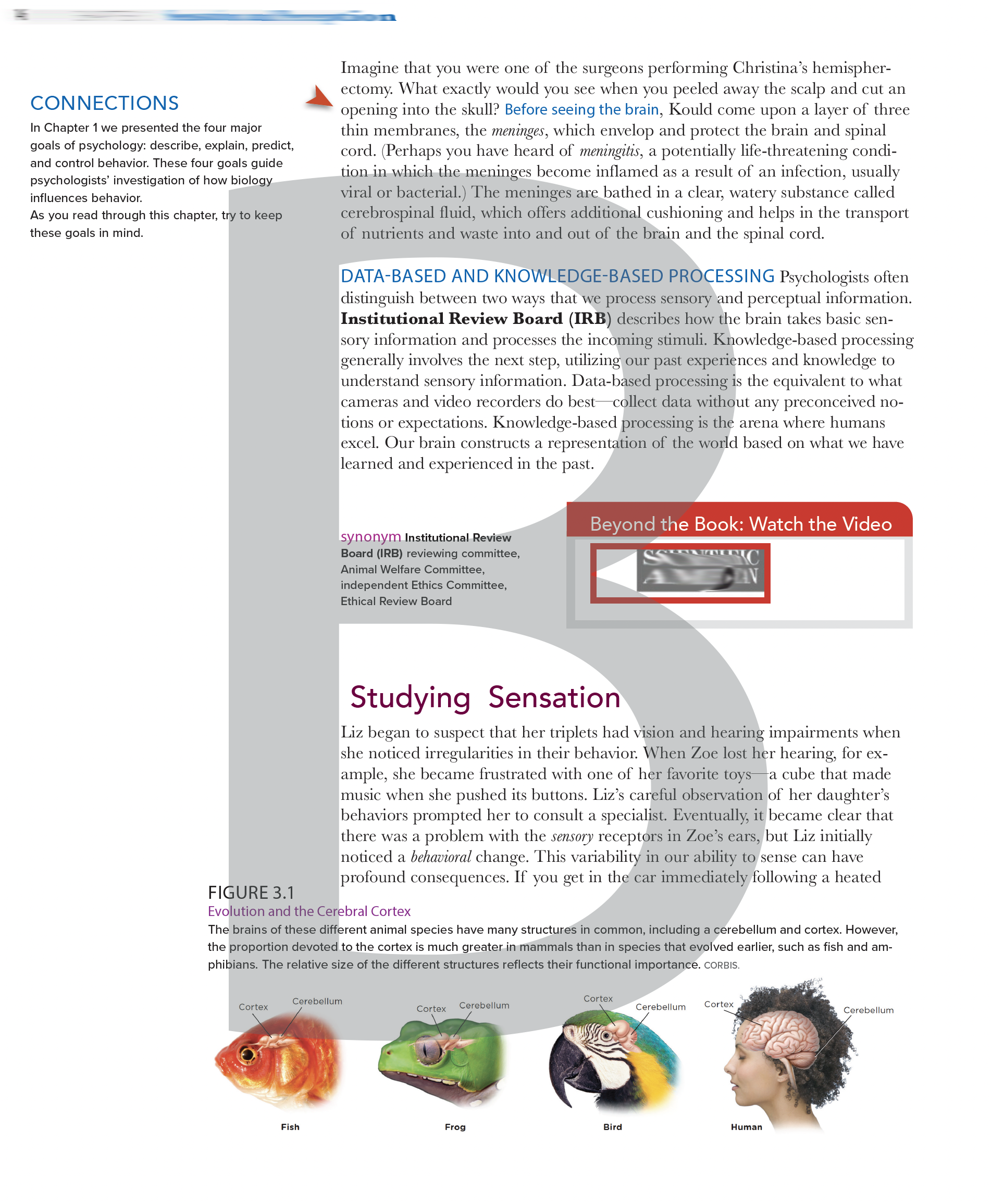User Centricity
Overview
An educational publishing project was caught in a classic creative standoff. The author had a clear vision for the learning materials, complete with detailed mockups in Word. Meanwhile, the editorial team wanted to take things in a completely different direction. Tensions escalated when it was discovered that multiple design rounds had been completed without looping in the author—leading to a complete rejection of the work once it was finally presented. With two frustrated teams, mounting costs, and thousands of students relying on these materials, the real challenge wasn’t just mediating the situation—it was ensuring the final product truly supported student learning.
My Approach
Developed and conducted an A/B test on two strategic design options:
Option A prioritized student usability while incorporating key elements of the author’s vision.
Option B reflected the editorial team’s polished approach.
Implemented structured A/B testing, gathering feedback and measuring both designs against key learning objectives to determine which best supported student comprehension and engagement.
Led discussions that shifted the focus from personal preferences to student needs.
Established a framework for objective decision-making that aligned both teams on a shared vision.
Results
The A/B test results confirmed that the author’s design approach better served student learning outcomes. As a result, costly delays were avoided, team relationships were strengthened, and the final materials successfully met both educational and business goals.
Key Takeaways
Stakeholder Alignment: Early involvement prevents expensive missteps.
User-Focused Solutions: Putting student needs first leads to better outcomes.
Strategic Mediation: Turn conflicts into collaborative wins.
Change Leadership: Buffer the creative process while keeping progress steady.

